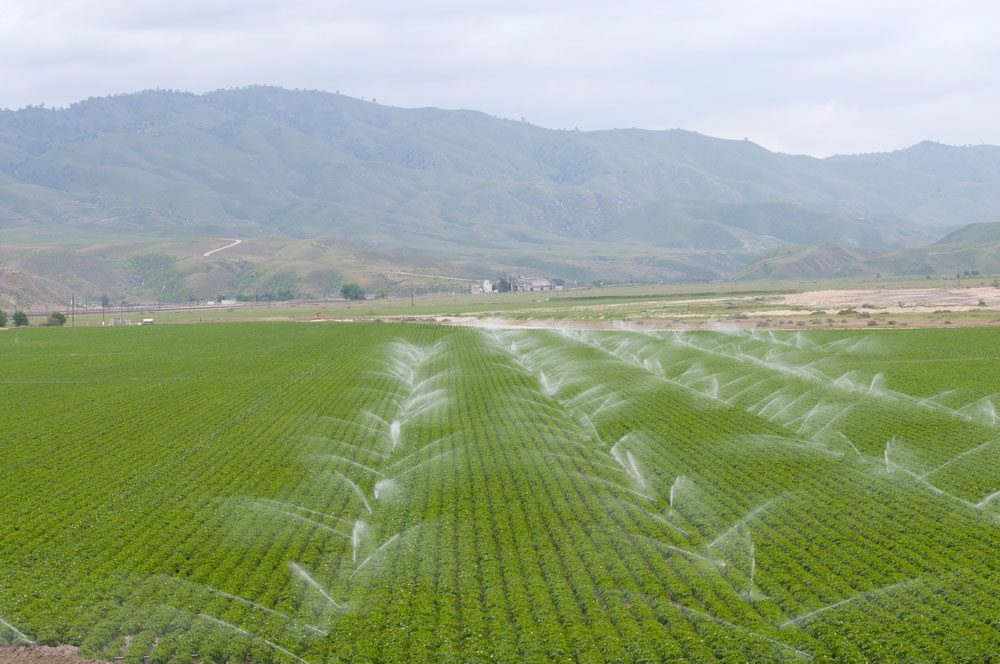Nitrogen Contamination Found in California Water

One in 10 people living in a productive agricultural area of central California is at risk for nitrate contamination in their drinking water, according to a new report.
The report detailed the levels and of sources of nitrate contamination in the Tulare Lake Basin, which includes Fresno and Bakersfield, and the Salinas Valley.
Nitrogen in organic and synthetic fertilizers has dramatically increased crop production in California in recent decades. However, excess nitrate in groundwater has been linked to thyroid illnesses, reproductive problems and some cancers. The contamination seen now has likely been accumulating for decades and could pose a risk for years to come, the report said.
In the new report, researchers from the University of California, Davis examined data from wastewater treatment plants, septic systems, parks, lawns, golf courses, and farms, and from samples from more than 17,000 wells in the region.
The report found that 10 percent of the 2.6 million people in the Tulare Lake Basin and Salinas Valley rely on groundwater that may have more nitrate than the standard of 45 milligrams per liter set by the California Department of Public Health for public water systems. About 34,000 people in the region use water from private wells or largely unregulated water systems, the report said.
More than 90 percent of human-generated nitrate contamination of groundwater in these basins is from farming, the report said.
Fixing the drinking water systems could cost about $20 million to $35 million per year for decades, the report concluded. As nitrates continue to spread through the ground water, drinking water system costs could increase for these communities.
Sign up for the Live Science daily newsletter now
Get the world’s most fascinating discoveries delivered straight to your inbox.
"Cleaning up nitrate in groundwater is a complex problem with no single solution," said study researcher Jay Lund, director of the UC Davis Center for Watershed Sciences.
One way to help raise funds for drinking water costs could be to including a fee on nitrogen fertilizer, the report says.
Strategies such as treating water and finding alternative water supplies are most cost-effective, the report said, but well-water supplies will become less available as nitrate pollution continues to spread.
The report also calls for a statewide effort to integrate water-related data collection by various state and local agencies.
The report was commissioned and funded by the California State Water Resources Control Board.
Pass it on: Nitrate contamination in drinking water is a problem for residents of an agricultural community in central California.
This story was provided by MyHealthNewsDaily, a sister site to LiveScience. Follow MyHealthNewsDaily on Twitter @MyHealth_MHND. Find us on Facebook.











